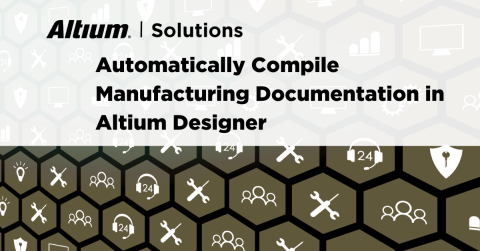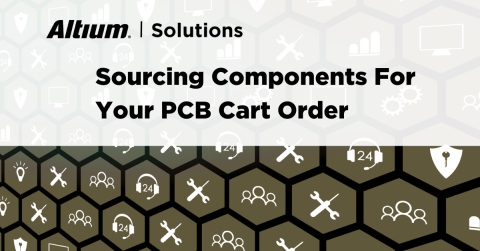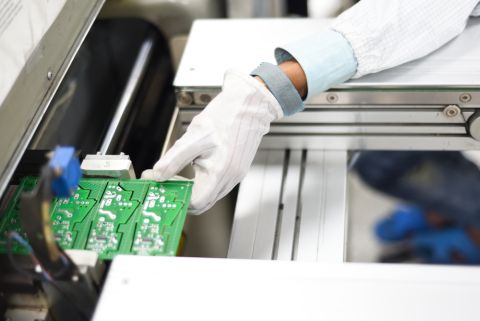What Is BOM Management? Improving Supply Chain Success
It’s no secret that component shortages have become more frequent this year. In fact, countries around the world are losing billions in revenue due to supply issues. According to EPSNews, “In 2021, there’s such a severe shortage of semiconductors that the automotive industry is set to lose more than $100 billion in sales because it can’t get chips.”
Having the right components on hand is more crucial than ever as availability, obsolescence, counterfeit products and environmental non-compliance risks continue to grow. Large companies are experiencing a shortage of components required for production. As a result, smaller companies with more limited access to real-time supply chain insights will find it even harder to get the parts they need. All of this can lead to risky sourcing decisions resulting in counterfeit part acquisition. According to the Semiconductor Industry Association, counterfeit parts cost manufacturers an estimated $7.5 billion annually in lost revenue.
Companies will continue to grapple with supply chain challenges into 2022 and beyond. The impact of manufacturing delays can be substantial if a part is not available. Delays occur and sales plans get put on hold. It can also be very expensive and risky to replace parts from multiple sources. Fortunately, many shortages can be avoided by introducing proactive supply chain practices.

Three Ways To Manage Your BOM Costs
Electronics designers have been battling component issues for years. These issues arise when part substitutions are necessary, when parts are discontinued before designs can be completed, or when other complications occur. Part sourcing issues can result in unexpected manufacturing delays, lost time, and added stress on the design teams that must quickly resolve complicated challenges.
While some shortages are unavoidable, many can be overcome with consistent awareness and contingency planning.
1. Elevate The Importance of BOM Management
Traditionally, the Bill of Materials (BOM) has been a late-cycle focus, with sourcing requirements delegated to procurement after the design is complete. However, in this new era where component availability is a critical design factor, sourcing requirements must be elevated in importance alongside schematic and PCB design.
Getting component availability information to the designer early, in the right format, and with negligible impact to their primary design activity, is paramount. Supply information is most relevant if it is provided to designers where they can see it, evaluate it, and act upon it. Designers must know about crucial issues such as counterfeit risk, availability, and cost as soon as possible. Early identification of risky components allows designers more time to find a solution.

designer’s context, to reveal any part issues that may be impacting the BOM.
2. Monitor the BOM Early and Often
The electronic component market can be volatile. Pricing and availability can change quickly. Monitoring the bill-of-materials frequently throughout the design process, and making that information available to designers, can help eliminate surprises. For example, designers who have in-application awareness of where parts are sourced can easily identify preferred vendors and reduce the risk of obsolete or unavailable parts.
There are many risks involved in carrying out designs with incomplete BOM information. Unintended consequences can occur when issues are left unresolved. Product Changes Notices (PCN) and End of Life (EOL) notifications can occur frequently. When designers have the ability to evaluate BOM status during as they design, many risks can be resolved before they occur.
3. Proactively Plan For the Unexpected
Electronics manufacturers have embraced various “design for” initiatives, including Design for Test (DFT) and Design for Manufacturability (DFM). Proactive firms may want to consider expanding their “design for” initiatives to include designing for component availability or designing for component substitution.
In today’s world, it’s essential to plan for contingencies early in the design process. For example, assigning multiple part alternatives for critical components, and including that information directly in the schematic, can help insulate the bill of materials from manufacturing risks. Part alternatives will become part of the design and will be included when the BOM is shared with downstream stakeholders.
Altium Designer and Altium 365 are optimized to help designers stay ahead of supply chain challenges with real-time component supply information built right into the design experience. Designers can be confident they are using the latest component intelligence as they work.
Early Identification of Components Shortage Supports Supply Chain Oversight
Component risks have always been a part of electronics design. Today, the risks are at a peak, and many can be overcome by including component intelligence into the PCB designer's workspace. In today’s environment, empowering designers to recognize and mitigate supply chain risks can create significant competitive advantages for companies of all sizes.
Once you’ve finished your PCB layout and you’ve completed a thorough design review, it’s easy to generate PCB design output files for your design in Altium Designer®, including high-quality drawings and a bill of materials. The OutJob file feature lets you create manufacturing file templates for your projects and quickly generate groups of files from your PCB layout and schematic data. When you’re ready to release these files to your manufacturer, the Altium 365™ platform makes it easy to collaborate and share your projects.
We have only scratched the surface of what’s possible with Altium Designer on Altium 365. Start your free trial of Altium Designer + Altium 365 today.









